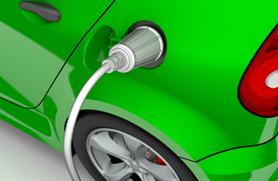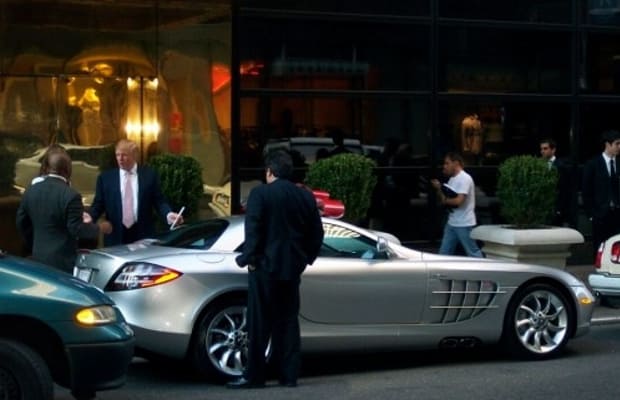Joe Biden visited Ford’s test track and became the first president to drive the incredible lightening fast all electric Ford F-150.
He launched it from a dead stop to 60 in 4.3/4.4 seconds (some dispute). He deftly handled the car at high speeds on a very challenging open field.
Coolest. President. Ever.
Truck looks pretty badass too.
Biden isn't the coolest president ever. Full disclosure, he was my second to last choice for president. trump being my last choice. So I guess my opinion isn't the same as other people. However, coolest? Really?
That truck is cool. He's driving a very cool truck. I sure hope that people buy them.
I have driving a hybrid car since 2001. Until then I never realized how loud and how bad a regular gas vehicle smells. Wow. I was shocked I sat in that stench for so many years and didn't realize I had gotten used to it.
I'm not used to a noisy and stinky vehicle anymore. I wish more vehicles that aren't noisy and stinky were on the road.
The truck he drove has an 1800 pound lithium battery built into the chassis. China's Ganfeng Lithium, one of the world's biggest lithium producers, said on Monday it had signed an initial deal to explore setting up a plant to make lithium batteries in Argentina's northwestern Jujuy province.
Clean energy such as lithium batteries are not really that "clean"...
View attachment 490955
View attachment 490956
View attachment 490957
Child labor is also used in the production of lithium...
View attachment 490958
Thank you! I've been asking people for years how and where these massive, toxic batteries will be disposed of when they come to the end of their lifecycle. So far, no one has provided a good answer. They cannot be recycled.
I have a sneaking suspicion that you will go to your grave ignorant as you were in middle school.
Happily, the answer is yes -- the batteries that power electric cars (and hybrids, for that matter) can be recycled. Learn more about recycling electric car batteries.

auto.howstuffworks.com
Again from the link I posted.
Research in Australia found that just 2% of the country’s 3,300 tonnes of lithium-ion waste is recycled.
America is estimated at 5%.
The rest goes into landfills.
In Chile, the world’s second-biggest lithium producer after Australia, is also feeling the effects of mining.
In order to begin operations, miners drill holes into salt flats to pump salty, mineral-rich brine to the surface.
The holes are then left for a period of up to 18 months so the liquid can evaporate, before returning to scoop up the lithium carbonate, which can then be turned into metallic lithium.
But this leaves the potential situation similar to the one in Tibet, destroying local habitats and polluting nearby grasslands and rivers, with hydrochloric acid being used in the lithium process.
One of the main issues in Chile, though, is the water consumption associated with lithium mining. For every tonne of lithium produced, 500,000 gallons of water is used.
In Salar de Atacama, mining activities consumed up to 65% of the region’s water, causing havoc for local farmers.
Elsewhere in South America, Argentinians in the Salar de Hombre Muerto natural salt pan have expressed concerns over the lithium mining in the region, citing contamination to streams and the irrigation of crops.
There have been reports that lithium operations are also damaging soil which farmers use to herd livestock in the region.
A report on lithium by the Friends of the Earth Europe charity said: “The extraction of lithium has significant environmental and social impacts, especially due to water pollution and depletion.
“In addition, toxic chemicals are needed to process lithium.
“The release of such chemicals through leaching, spills or air emissions can harm communities, ecosystems and food production.
“Moreover, lithium extraction inevitably harms the soil and also causes air contamination.”
EV's are far from environmentally friendly.
But hey, as long as Greta feels good about it.







